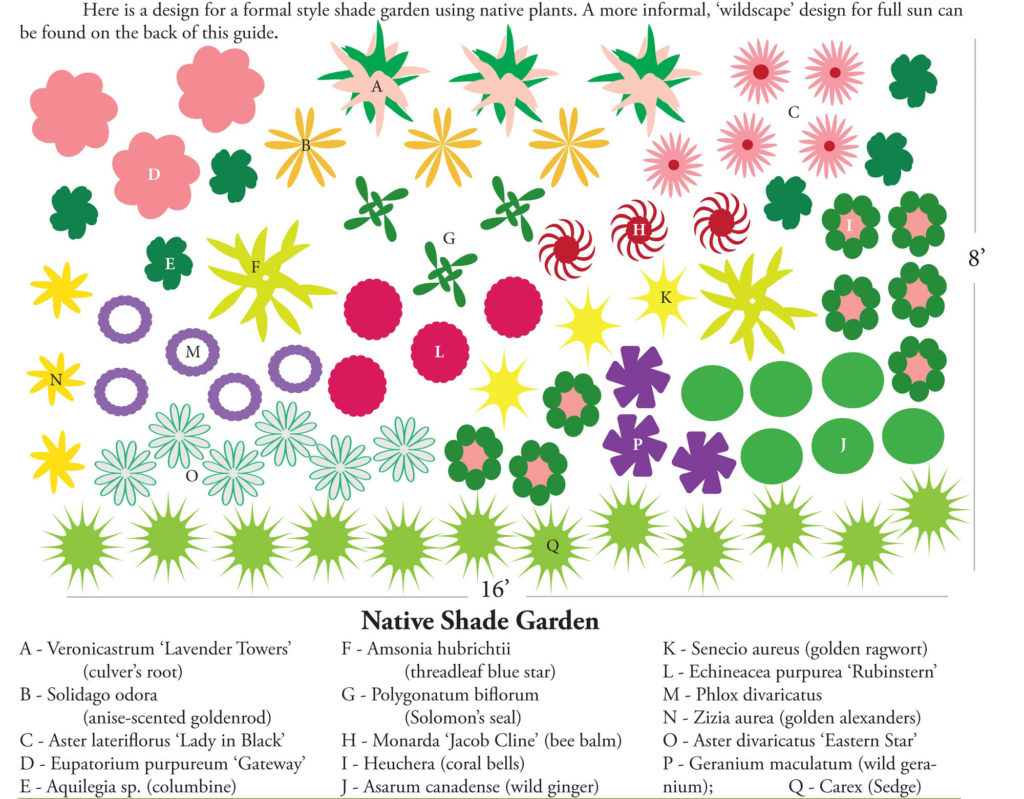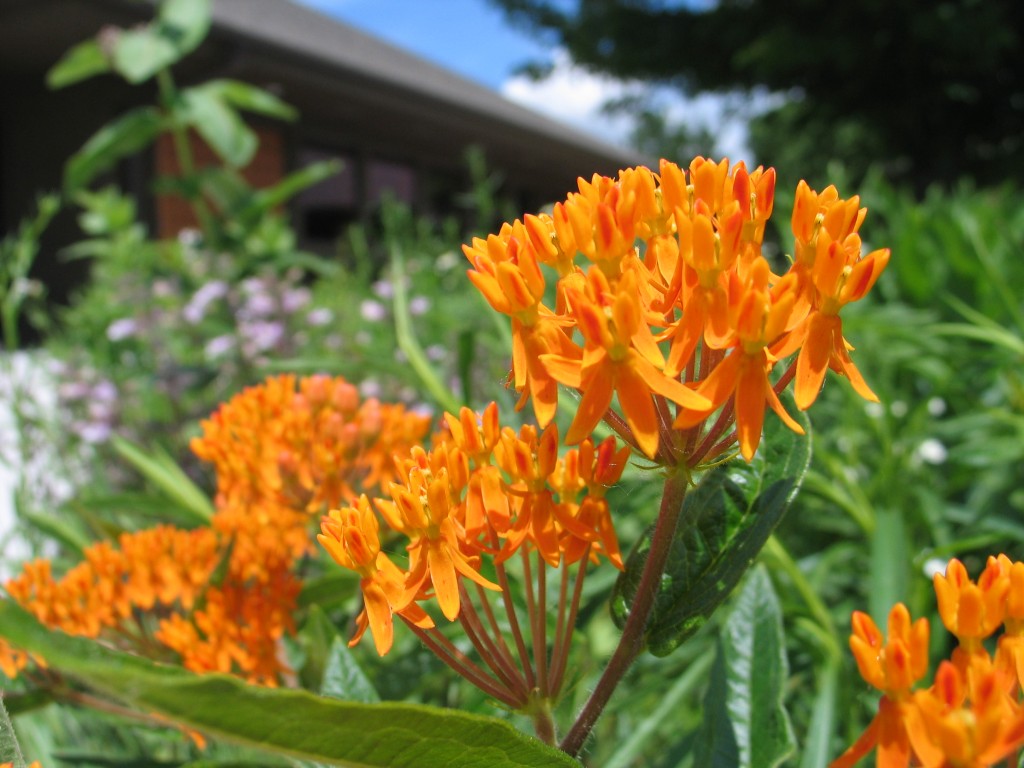As we have discussed over the past few weeks, beautiful gardens don’t happen by accident. You need to analyze and deeply understand your garden over time. Once you have a pretty good handle on what you are working with, you will be ready to begin the process of choosing the right plants. Here are a couple more things to be aware of within your landscape.
Sight Lines
One of the questions I ask clients about their property is “Where will you be looking at your garden from?” Seems like a simple question, but it is often overlooked. This helps orient the plants in the right lines and heights for maximum viewing.
For instance, for an island planting in your backyard, will you be mostly looking at it from your living room or deck? If so then put the taller plants in the back and the shorter perennials along the front. In the case of a foundation planting, then the viewing would be mostly from the street, but you will want to see it from your windows. I would not use really tall plants that block the view from the front porch or windows.
Another aspect of sight lines is screening. Is there a view that you want to hide/screen? Are taller plants needed to provide you with privacy? Both can be achieved with plant material but your need to be thinking about mature plant height. Is there a structure arbor, fountain or garden art that you want to guide people to with a path or by using the clean lines of a flower bed?
Topography and Drainage
Positive drainage away from your house is so important. Basements are ruined with poor drainage around your home. Really work at getting water to flow away from your home before putting any plants in the ground.
Another thing to understand within your landscape is where the water flows. Standing water for a few hours is one thing, but if the water stands for days then plants will be adversely affected. If you have pooling water after a big rainstorm, then you can divert it away more quickly via a ditch or shallow swale. A better idea might be to develop a rain garden?
By understanding these aspects of your landscape, you will be rewarded season after season with beautiful, functional, earth-friendly oasis. A garden that works with landscape and not against it. Whether, you just moved to a new home that you are unfamiliar with or want to start over with your current garden, site analysis is the place to start. Good luck!
If you need help with your native garden come to FloraKansas: Native Plant Days.


